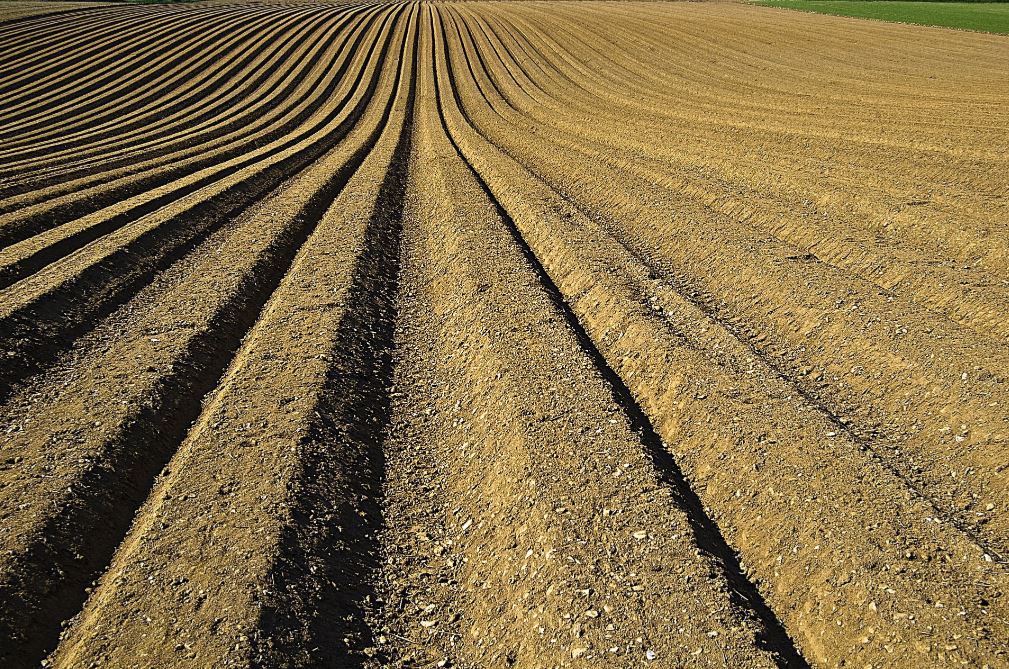
Even the most degraded and poor quality soil can be enhanced by improving its smallest components – its fungi, archaea and bacteria microorganisms.
To decipher the complex network of soil microbial profiles across Australia, scientists from Chinese Academy of Sciences (CAS), Xi’an Jiaotong-Liverpool University and Flinders University in South Australia examined the biodiversity of savannah ecosystems from 166 research sites and from the.
“Soil microbial profiles contribute most of the biodiversity of ecosystems, not least plant health and growth,” says Associate Professor Heng Gui, from the Kunming Institute of Botany, Chinese Academy of Sciences.
“This research indicates that soils in the Australian savannah systems harbour a unique microbial association pattern, with the highest proportion of positive linkages, highest modularity and lowest average path length in comparison to soils from other vegetation types.
“Multi-model approaches reveal that the different environmental drivers, including soil properties, temperature and vegetation type, appear to regulate the spatial distribution of topological parameters of the soil microbial networks analysed in our study.”
For example, the dominant bacteria in Australian soil is the drought-tolerant actinobacteria – also mining the soil database. Once a soil’s microbiome becomes unbalanced, it can be .
Co-author Flinders University Associate Professor Martin Breed says that local and continental scale studies of microbial characteristics help to explain how environmental factors contribute to the symbiotic and indirect relationships between soil microorganisms – and how to maintain or restore soil quality.
“Our suggests that ecosystem recovery must rapidly improve in order to keep up with the scale and pace of ecosystem degradation,” says Associate Professor Breed, who researches ecosystem health, and genomics, and the with fellow Flinders University researchers.
“Microbiomics and other studies are working on creative ways for restoration scientists to tackle the complexities of ecosystem degradation.”
Another co-author on the Soil Biology and Biochemistry report, Associate Professor Peter Mortimer, from the Kunming Institute of Botany Department of Economic Plants and Biotechnology, says the distribution of forests and other vegetation across countries is intrinsically tied to soil profiles.
“Much more needs to be done on soil microbial geography research on a large scale to understand how environmental factors, including hotter, dryer weather, can affect plants and other conditions.”
The summary article, (2023) by has been published in the international journal Soil Biology and Biochemistry, DOI: 10.1016/j.soilbio.2023.109177.
Acknowledgements: This work was funded by ³Ô¹ÏÍøÕ¾ Natural Science Foundation of China, Chinese Academy of Sciences Youth Innovation Promotion Association and the Biomes of Australian Soil Environments project funded by Bioplatforms Australia – an initiative enabled by the Federal Government ³Ô¹ÏÍøÕ¾ Collaborative Research Infrastructure Scheme (NCRIS).
The (2021-2030) is focusing on preventing, halting and reversing loss of nature – for climate, nature and people.
See also (2023) by Jake M Robinson, Riley Hodgson, Siegfried L Krauss, Craig Liddicoat, Ashish A Malik, Belinda C Martin, Jakki J Mohr, David Moreno-Mateos, Miriam Muñoz-Rojas, Shawn D Peddle and Martin F Breed has been published in Trends in Ecology and Evolution. DOI: 10.1016/j.tree.2023.07.009







